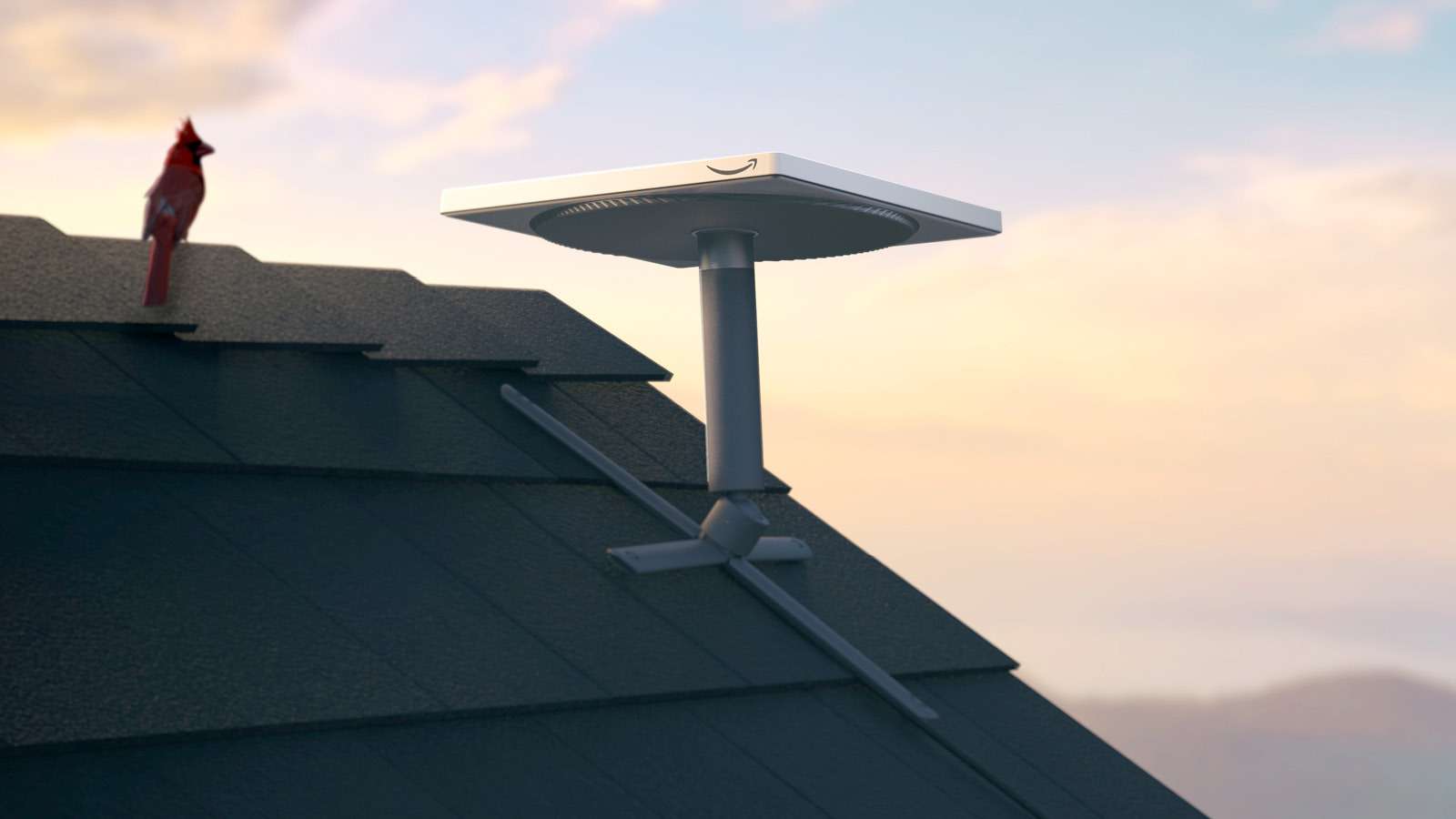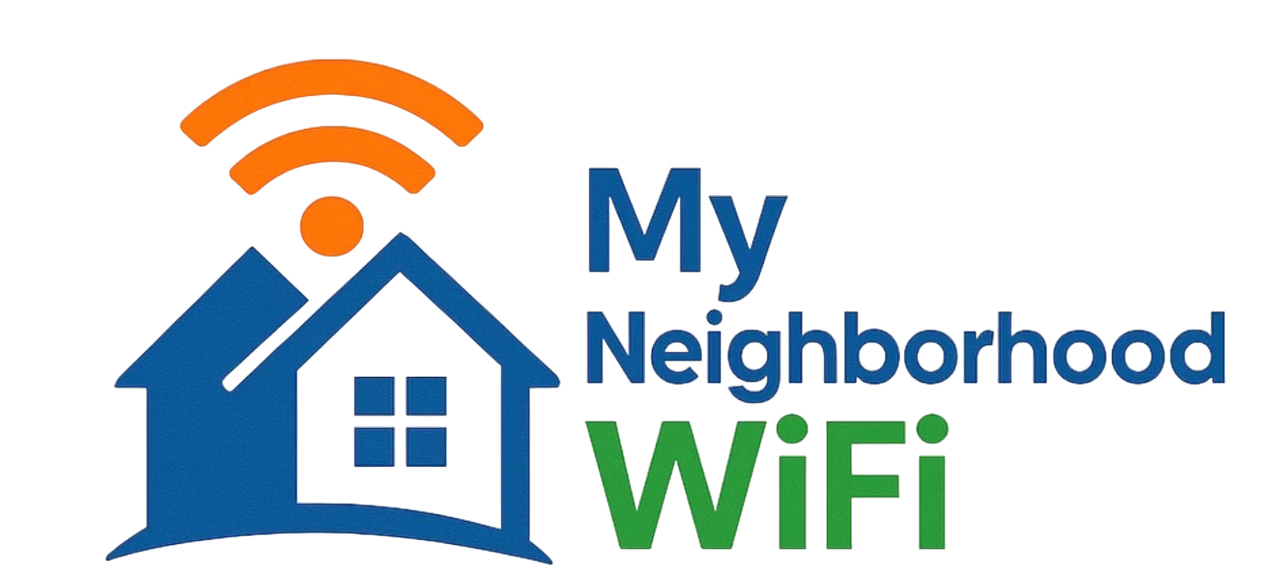
Top Satellite Internet Options You Should Consider for Faster Connectivity
If you live in a rural or remote area, finding a reliable and high-speed internet connection can be difficult. This is where satellite internet options come into play. Unlike cable or fiber, satellite internet beams connectivity through satellites in orbit, making it accessible in areas where traditional wired services can’t reach. Today, satellite technology is advancing rapidly, offering faster speeds, better reliability, and more affordable plans than ever before.
How Satellite Internet Works
Satellite internet works by transmitting signals between a dish installed at your location and satellites orbiting the Earth. These satellites relay the signals back to a provider’s network hub, which connects you to the wider internet. Though traditionally it has been considered slower than cable or fiber, modern satellite internet solutions are improving latency and speed, making them viable alternatives for households and businesses without wired broadband access.
Key Features of Satellite Internet
- Widespread availability – accessible in almost any part of the country.
- No need for cable or fiber infrastructure.
- Ideal for rural and off-grid communities.
- Options for both homes and businesses.
Why Choose Satellite Over Other Internet Options?
For people living in urban areas, fiber and high-speed cable connections are usually the best options. But in rural areas, laying cables is expensive and sometimes impractical. Satellite internet bridges this gap by covering large geographic regions with orbital satellite networks. This makes it an excellent choice if you’re in an underserved area or rely on off-grid living.
Top Satellite Internet Options
Below are some of the leading satellite internet providers you should consider. Each has different strengths, speeds, and pricing options, so choosing the right one depends on your unique needs.
Geostationary Satellite Providers
Traditional satellite internet relies on high-orbit satellites, which remain fixed in position relative to Earth. This ensures coverage across large regions but also introduces latency challenges due to the long distance signals must travel.
- Viasat: Known for its wide availability across the U.S. with various plans offering decent speeds for browsing, emailing, and streaming at standard quality.
- HughesNet: A provider focusing on reliability and consistency over blazing fast speeds, but still a strong option for regions lacking in other connectivity.
Low Earth Orbit (LEO) Satellite Providers
A newer advancement in satellite internet, LEO constellations use thousands of satellites placed closer to Earth. This reduces latency significantly, making internet speeds comparable to cable and in some cases faster.
- Starlink: Operated by SpaceX, Starlink is deploying thousands of satellites worldwide, promising higher speeds and lower latency, especially appealing for gamers, streamers, and remote workers. While coverage is expanding, availability may vary depending on your location.
What You Need to Get Started
Setting up satellite internet typically involves a dish installed outside your home or building, a modem, and a power supply. Many providers send equipment through mail with do-it-yourself installation guides, but professional installation is recommended in some cases to ensure optimal placement and strong signal reception.
Basic Equipment Involved
- Satellite dish (mounted outdoors with a clear line of sight to the sky).
- Wi-Fi modem/router for device connectivity.
- Mounting brackets and cabling.
Pros and Cons of Satellite Internet
| Pros | Cons |
|---|---|
| Available almost anywhere | Higher latency than cable or fiber |
| Good for rural or remote households | Weather conditions can impact signals |
| Improving tech with LEO satellites | Data caps may apply |
Tips for Improving Your Satellite Internet Experience
Even with the best provider, optimizing your home network is key. Here are a few tips:
- Place your Wi-Fi router in a central location indoors for better signal spread.
- Keep the satellite dish clear of obstructions like trees or buildings.
- Upgrade your router to a modern Wi-Fi 6 or mesh system for improved performance inside your home.
- Schedule heavy downloads at off-peak hours when the network is less congested.
Community Insights
If you’re wondering about real-world experiences, you can explore discussions on platforms like
Reddit where many users share both the advantages and frustrations of satellite internet, particularly newer systems like Starlink. Likewise, sites like
Quora feature Q&A threads about comparing different providers and troubleshooting issues. For more localized feedback, browsing Yelp can give you insights into regional installation services and customer support experiences.
Final Thoughts
Satellite internet is no longer just a “last resort” option—it’s becoming a powerful and realistic alternative, especially with technological breakthroughs in low Earth orbit satellites. Whether you need internet for homeschooling, remote work, streaming, or simply staying connected, there are satellite options designed to meet diverse needs. By evaluating your budget, location, and usage habits, you can decide which provider and plan is best for you.
At the end of the day, the best satellite internet choice varies from one household to another. But with the latest advancements, faster connectivity is within reach—even off the beaten path.
“Most inquiries are answered within the same day”
Written by admin
Content writer and tech enthusiast sharing insights on internet connectivity.



